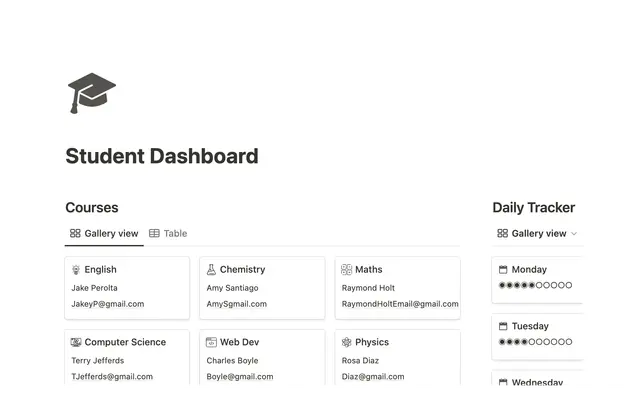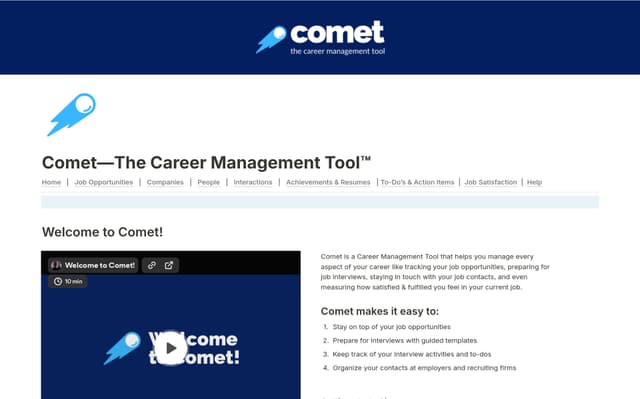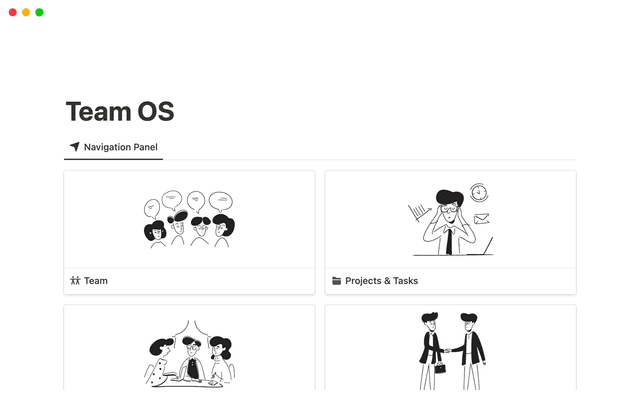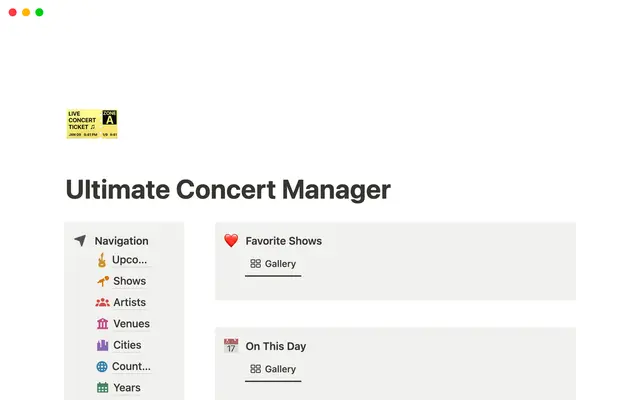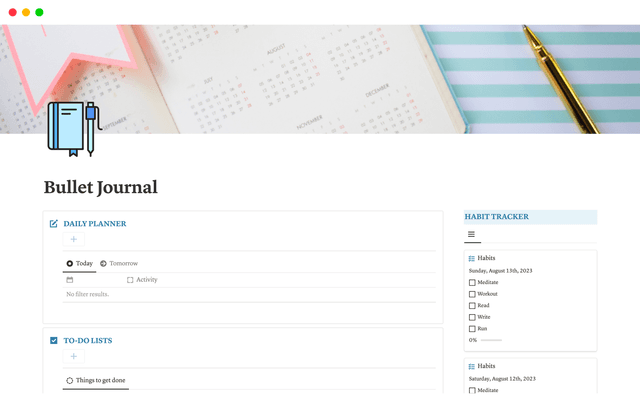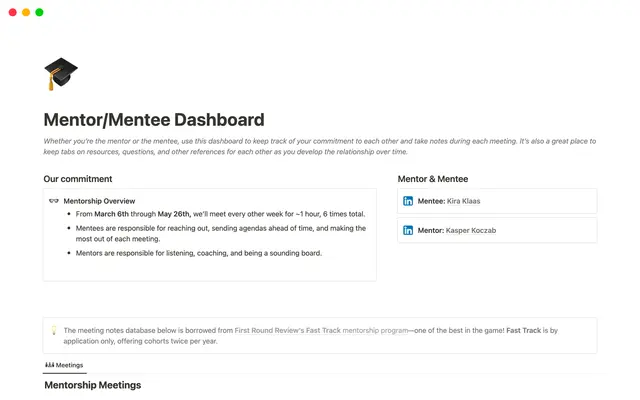The only Notion setup you need for keeping New Year’s resolutions
Maybe your resolutions didn’t go as planned this past year (totally understandable). For the upcoming year, create a plan of action using this setup for goal-setting and keeping those goals top of mind.
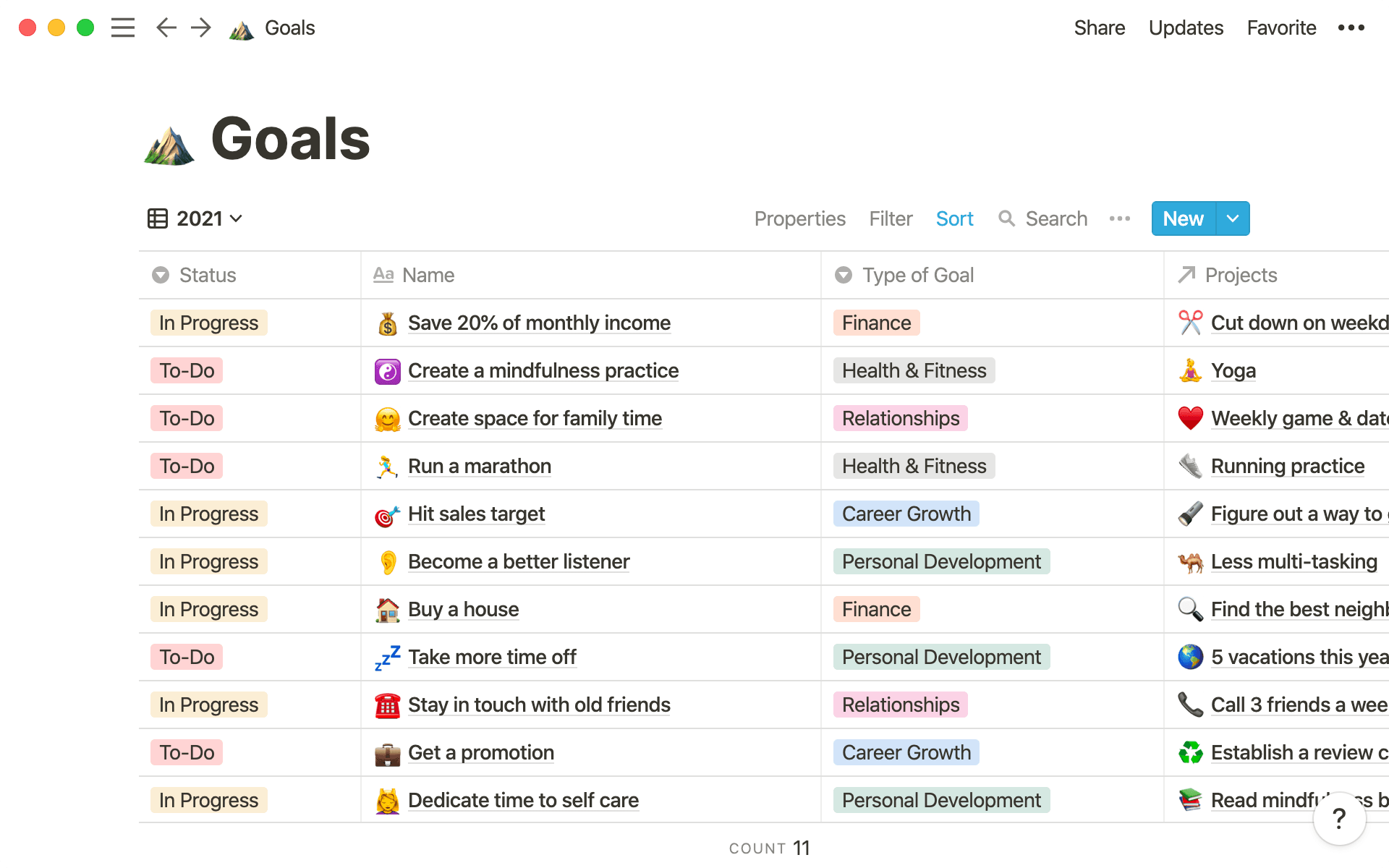
- In this piece you'll learn
- Look back at last year
- Set your highest-level goals
- Plan how you'll achieve your goals
- Systems for accountability
- Templates to try for your yearly planning
- Annual review
- 2022 dashboard
- Year manifesto
Accomplishing goals is all about daily progress — and when your goals are in one place, they’re top of mind and actionable.
Normally, they’d be buried in different tools. An app for tracking fitness. Another for your reading list. One for finances. You shouldn't have to check three different apps just to see what you need to do in a day. After all, the key to hitting goals is to keep them front and center.
With Notion, you can unite all the different types of goals you have, break them into manageable tasks and timelines, and see how you’re tracking toward those big picture changes.
In this piece you'll learn
- 1
Tips for conducting a yearly retrospective.
- 2
How to create dashboards that connect everything you need to accomplish your goals.
- 3
Techniques for staying on top of your resolutions throughout the year.
Soon, you could have a planner that looks like this:
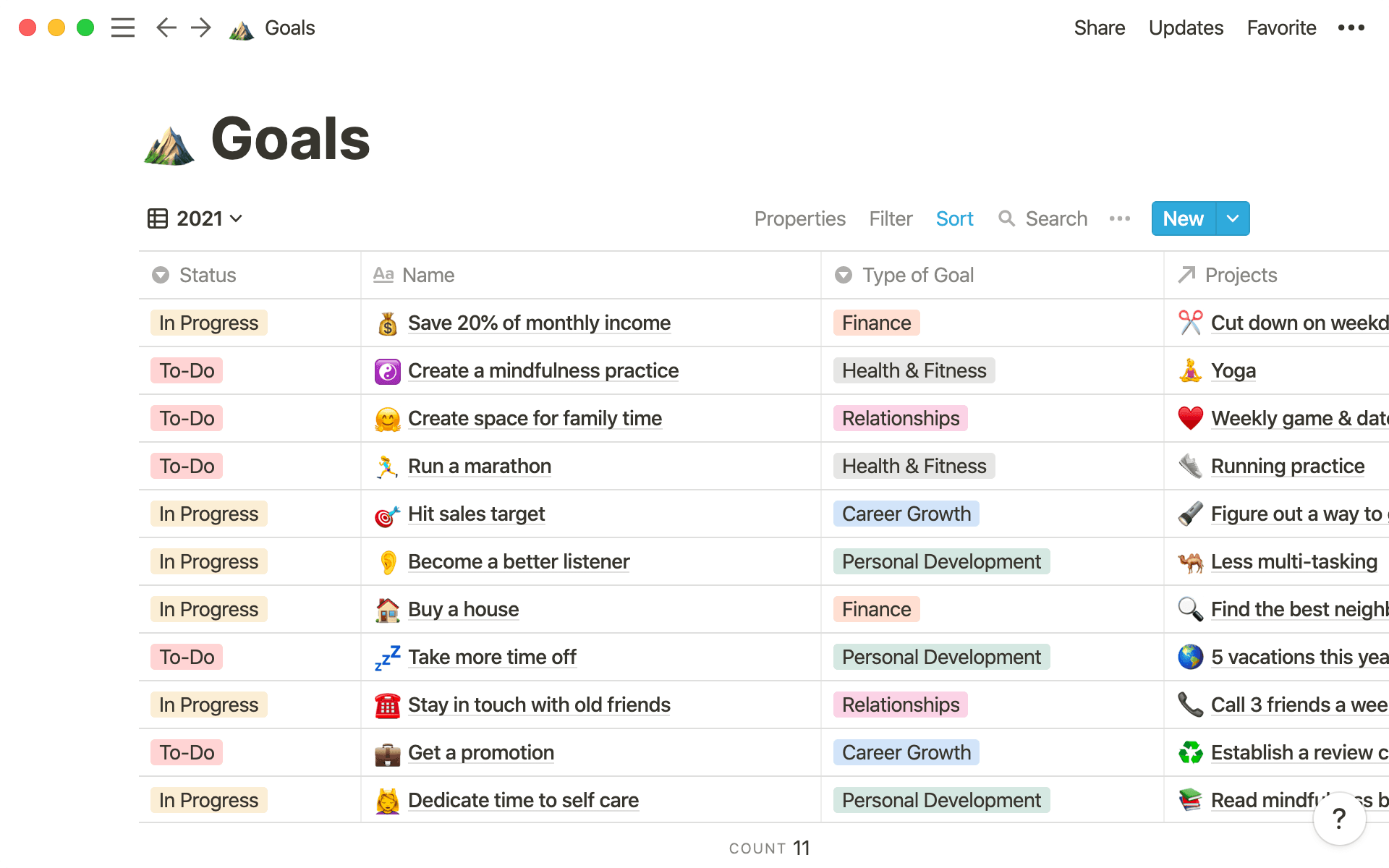
Conducting a yearly retrospective shapes your planning because it surfaces what's most important to you.
Steve Schlafman is a coach and the founder of boutique leadership development company High Output. When it comes to his yearly retro, he says, "It's really hard to know what you want and what you value without doing that inventory."
Steve finds it helpful to look at the past year through five different lenses:
Success and growth
Falling short
People and relationships
Health and wellness
Lessons and themes
Each of these sections has distinct questions meant to put things into perspective in different areas of your life. He asks questions like “What do I wish I accomplished?”, “What am I most proud of personally and professionally?”, and “What am I most thankful for?” When turning these into high-level goals for the next year, Steve suggests the "stop doing, start doing, and keep doing" format.
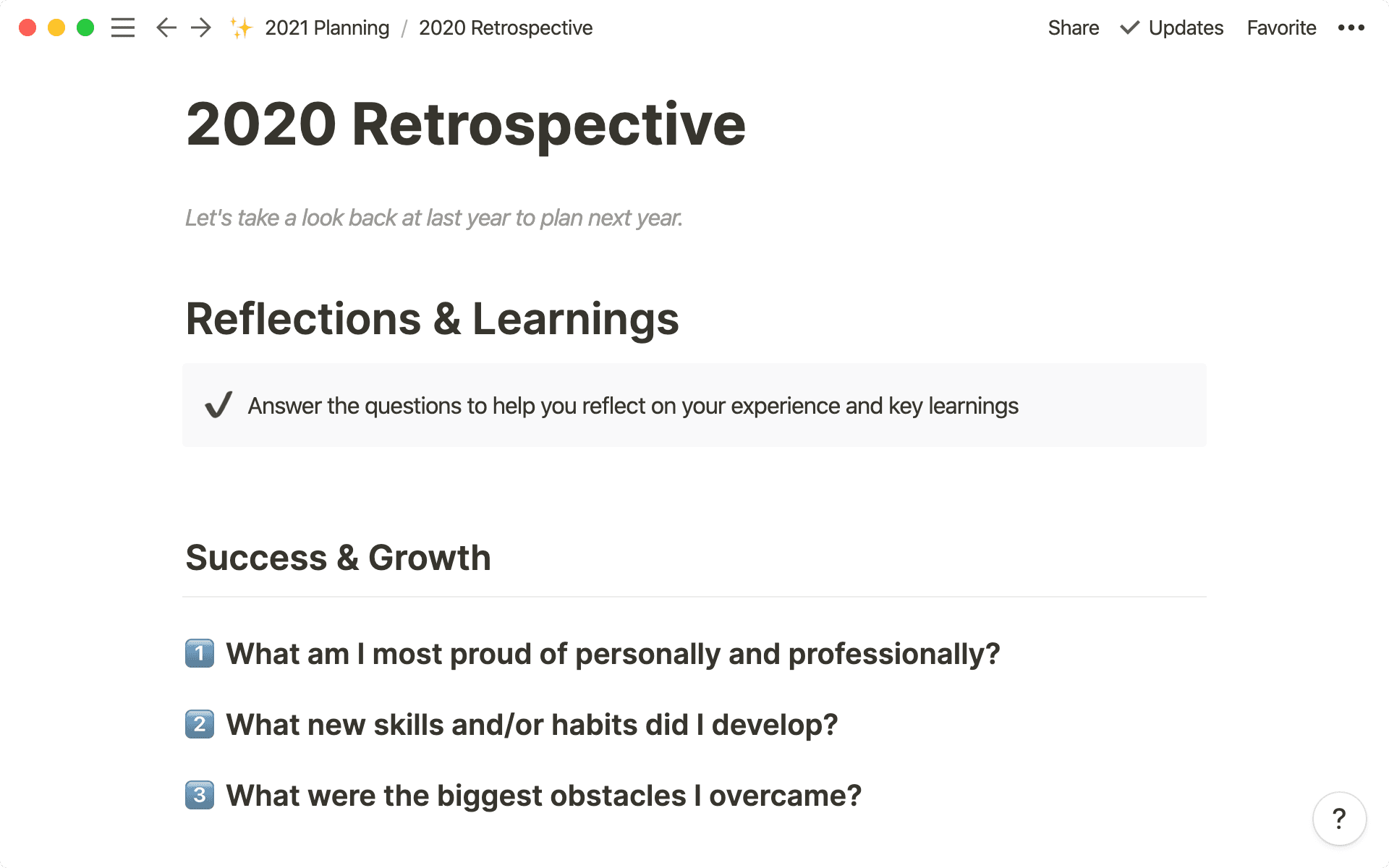
Marie Poulin, a digital strategist and designer who helps businesses create systems for their work, puts all responses in a Notion database. In a Notion page dedicated to planning, she uses a Gallery where each page is its own year. That way, as she's planning the year, the retrospective on the past year is nestled in a toggle, top of mind.
This is also helpful for some of the fine points she wants to put on the year to come, like certain words or vision statements that keep her focused on what's most important.
"These anchor how you want to feel. It's not something you do once and it gets buried," she says. "It's something that gets baked into your weekly reviews or quarterly reviews. It's always there."
These should be the biggest things you want to accomplish this year, serving as your North Star. If it's helpful, look at your yearly retrospective to focus these goals in distinct areas of your life.
“Some people say ‘I should do this’ or ‘I need to do this.’ Then there’s people who say ‘I’m willing to do this,’” says Steve. “Focus on what you’re willing to do.”
What matters to you? Set goals with the intention to do them.
Here's how you might do that in Notion:
Create a
Tablefor all your goals. Eventually, we'll connect this database to your projects and actions needed to accomplish these goals.Use a
Selectproperty to categorize these goals based on the areas you identified in your yearly retrospective. These can be things like "Health and Fitness," "Personal Development," or "Career Growth."Use another
Selectproperty to assign the goal a status. Think "In Progress," "Complete," or "De-prioritized."For now, this database can remain simple. We'll start using
Relationproperties so you can see all the tasks associated with each of these goals.
Too many resolutions are set and then forgotten.
When your goals live alongside the work you do every day, they’re never more than a click away. This ensures they’re never forgotten, and get integrated into your daily life.
Marie uses a series of connected databases to uncover what projects roll up into her high-level annual goals, and then what tactical actions are needed to complete those projects (and thus, her goals).
"Notion is the only place I have found that allows me to see both high-level and really granular information in the same place without having to jump around," says Marie. "It keeps me following through on the bigger picture stuff that really matters."
We'll walk you through how to do this yourself. Let’s start by creating distinct Notion databases and connecting them to your goals:
Create a new
Tablefor your projects. Think about those big goals, and what smaller-level projects or milestones are needed to achieve them. Each page in the table should be a project. For example, if your goal is to pay off your credit card debt, a project might be to do a balance transfer.Create a separate
Tablefor next actions. These should be the actionable things you need to do for each project. One next action for your balance transfer might be researching credit cards without a balance transfer fee. List out all the actions related to each project.Using
Relationproperties, connect all your databases. Goals, projects, and next actions should all be connected so you can see what you’re doing to accomplish your goals.
Now you can start assigning timelines to your goals, projects, and next actions. You'll do something similar to what you just did above.
Create two separate
Galleries, one for quarters and months.In the quarter gallery, make each yearly quarter its own page. "Q1," "Q2," etc.
Do the same thing for the month gallery, making each month a page.
Use a
Relationproperty to connect your goals database to your quarters database, assigning each goal to one of the year's four quarters.In the months database, use
Relationproperties to connect your goals, projects, and next actions databases. This way, you can see what you need to do each month, both at the granular level of actions and big picture level of goals.You can get even more granular, assigning timelines for projects and dates for actions.
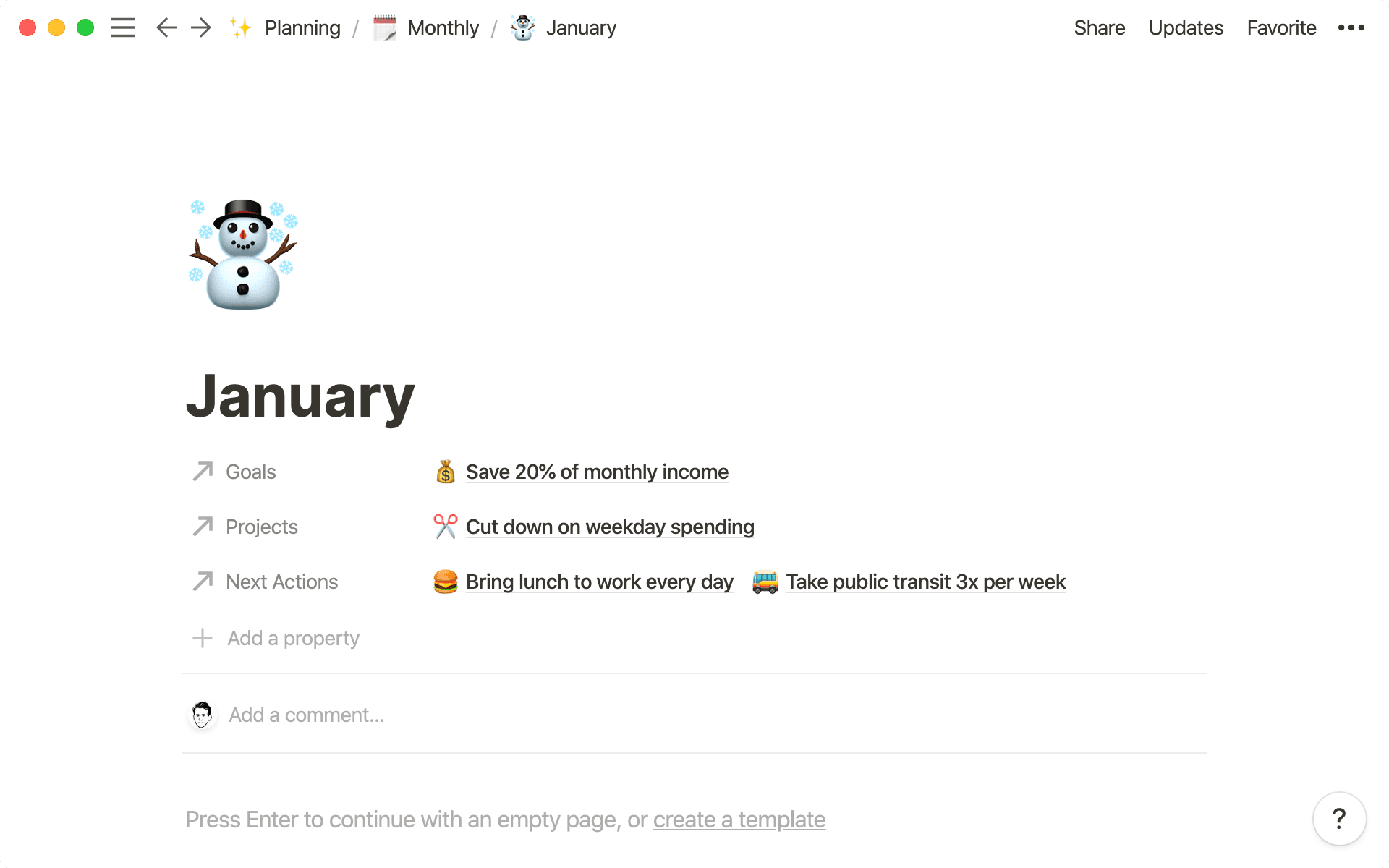
Having several, connected databases gives you the ability to see your goals and actions many different ways, whether that's by the month, by the quarter, or seeing all the tasks associated with a project. Instead of jumping between apps or your calendar to see everything you need to do, it's all in one place.
You can make custom views of any database, depending on the information you need to see. Whether it’s a view that’s projects for the quarter or tasks for the week, everything’s in one place.
To stay accountable, Marie uses linked databases with specific views everywhere in her workspace to tighten her focus, knowing she’s working toward her goals.
Marie keeps a weekly planner as a Notion gallery, where each page is its own week. Inside those pages is a linked view of her actions database, filtered to see only actions she needs to complete that week. This weekly planner is a template, so whenever she starts a new week, it’s spun up in one click.
In her top-level planning page, Marie keeps full-page databases for goals, projects, months, quarters and years. That way, she can click into any and see what’s happening and when.
She also conducts reviews every week and every quarter. Again, these are templates with a set of questions to help assess how she felt, how things went that week or that quarter. But they also have a view of her goals database, so she can track her progress toward these goals.
“By doing this on a regular basis, it makes monthly, quarterly and yearly planning a lot easier,” says Marie. “Notion allows me to see all that data and get a really good snapshot.”
Instead of creating your own yearly planning process from scratch, you can also duplicate these templates right in your workspace and customize them to your needs. Plus, there are plenty more 2022 planning templates in the Notion template gallery.
Annual review
Take some time to reflect on what you learned this year — and what you’d like to do next year. Try it out in your own workspace by clicking here.
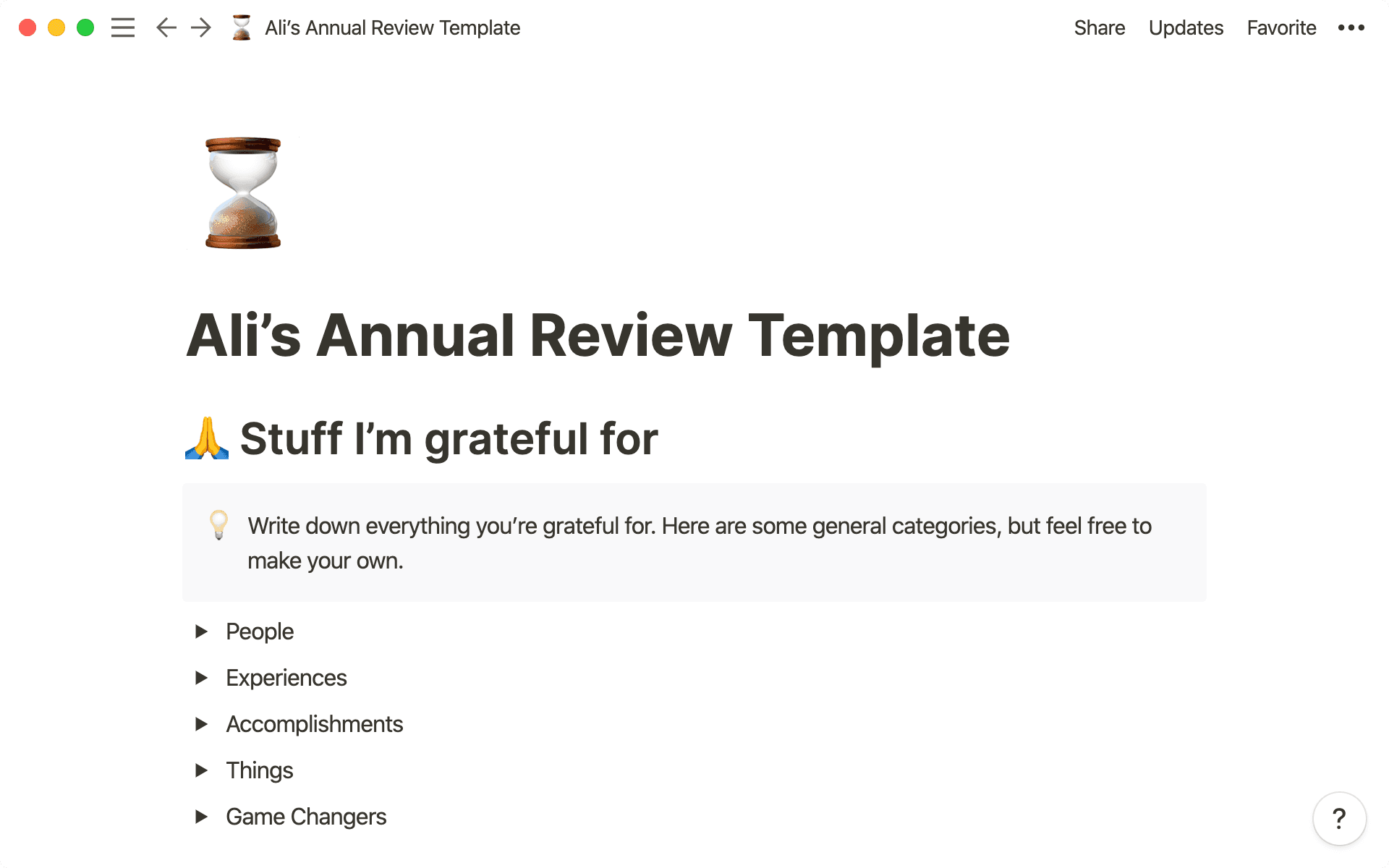
2022 dashboard
Break down what’s important to you based on the different areas in your life, set goals based on those areas, and track your progress. Bring clarity to what you want to accomplish in 2022 — duplicate it in your own workspace here.
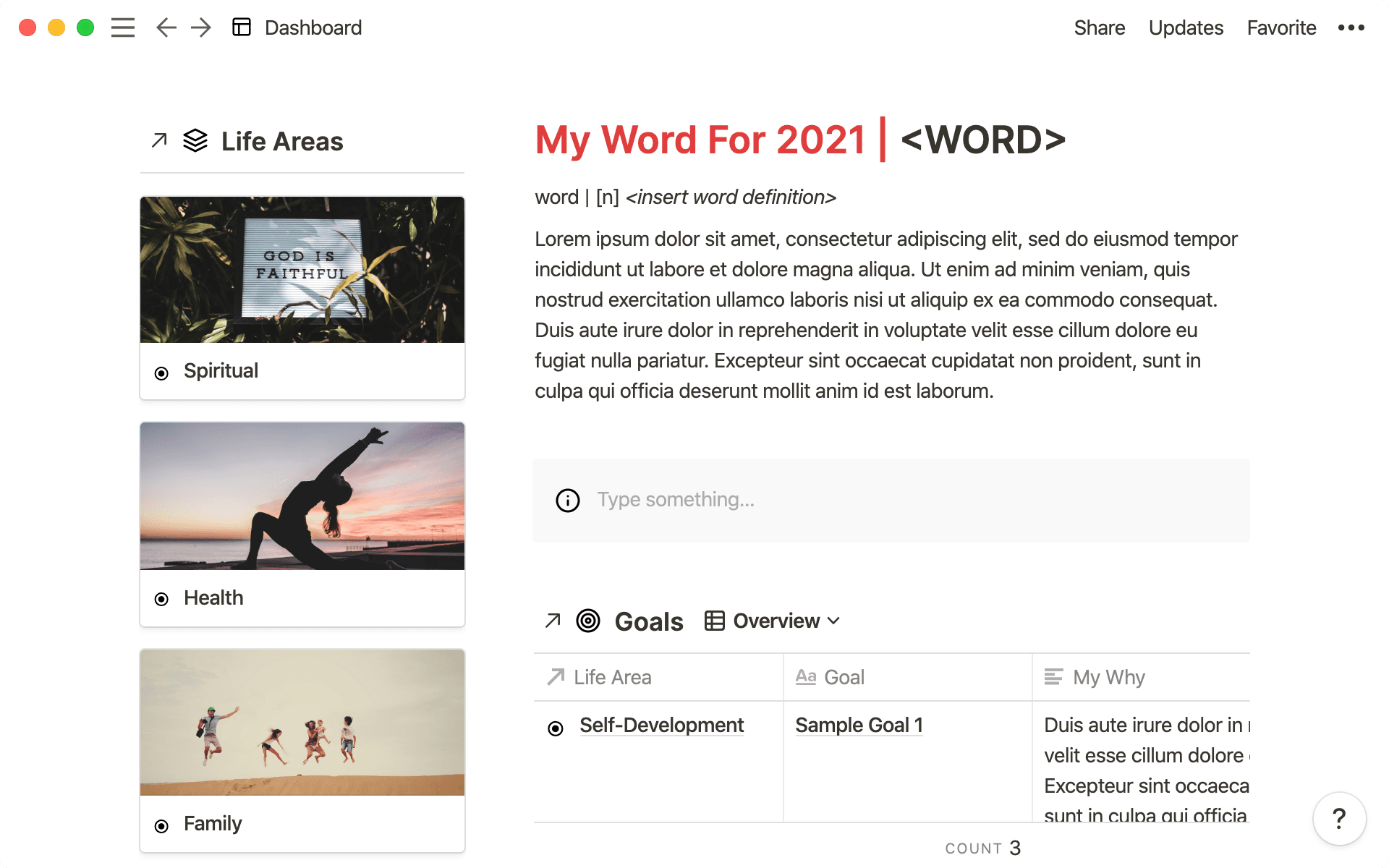
Year manifesto
A metrics-driven approach to yearly planning with habits, milestones and goals. Start using it by clicking here.
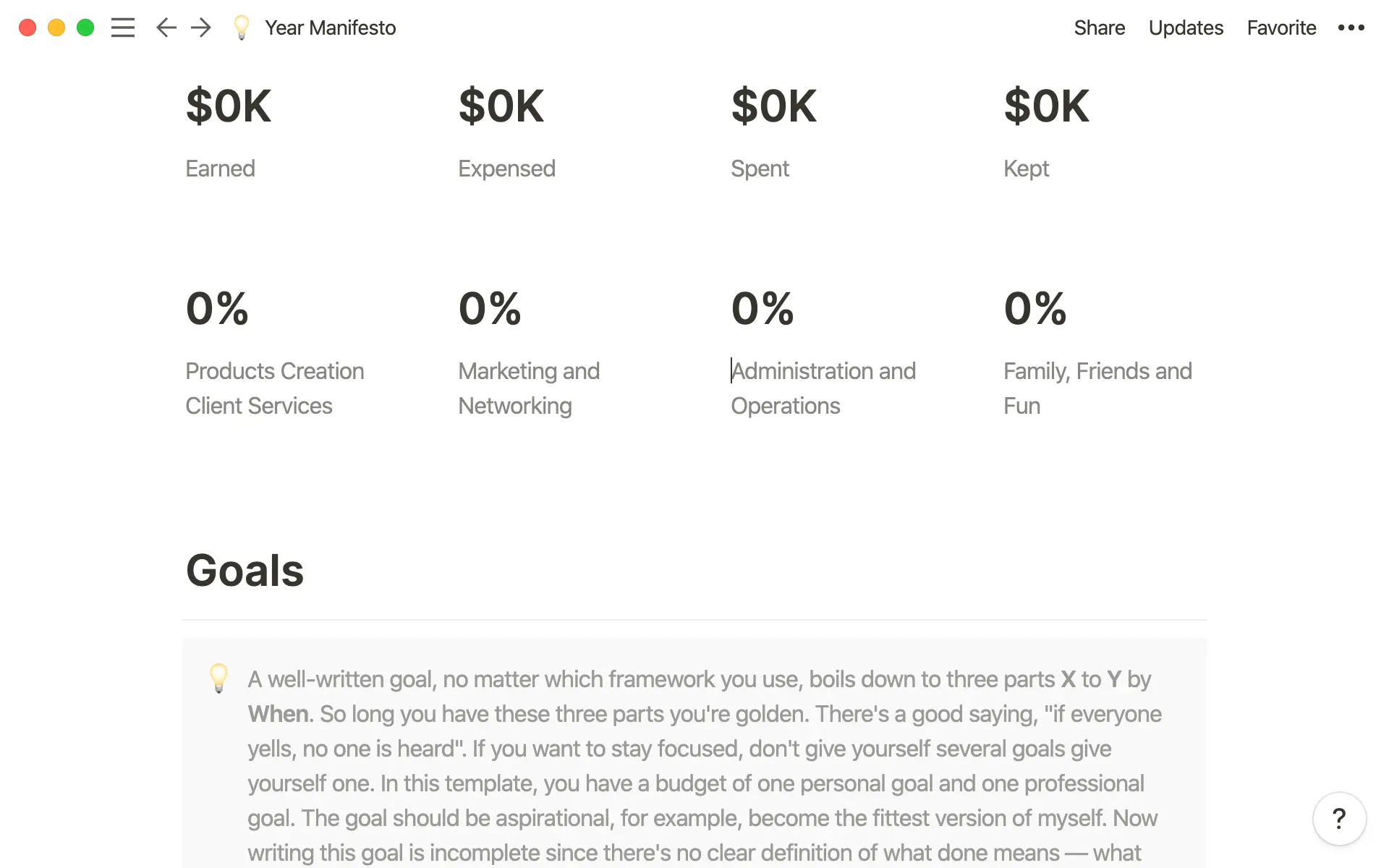
Ficou faltando abordar algo?
